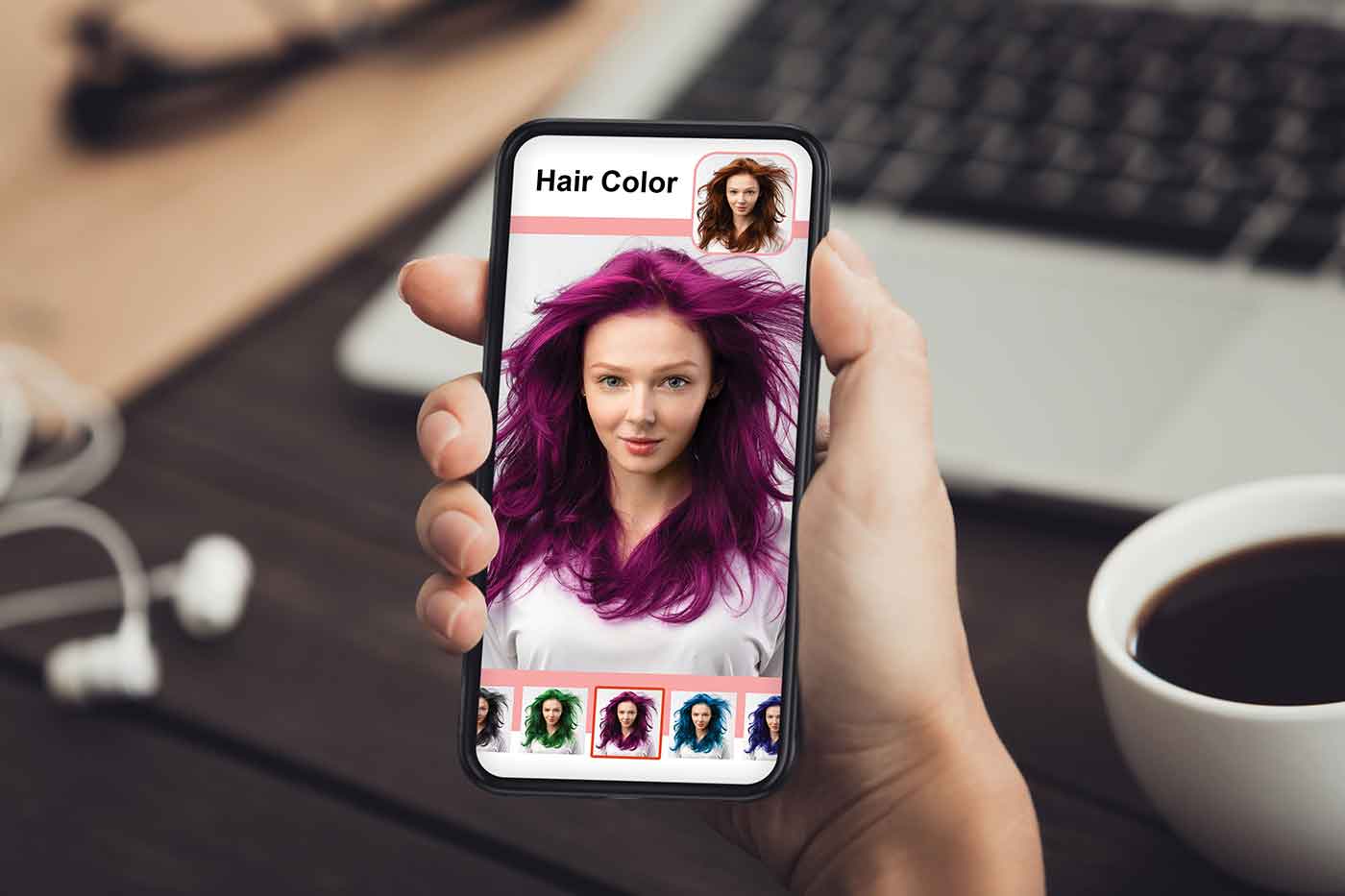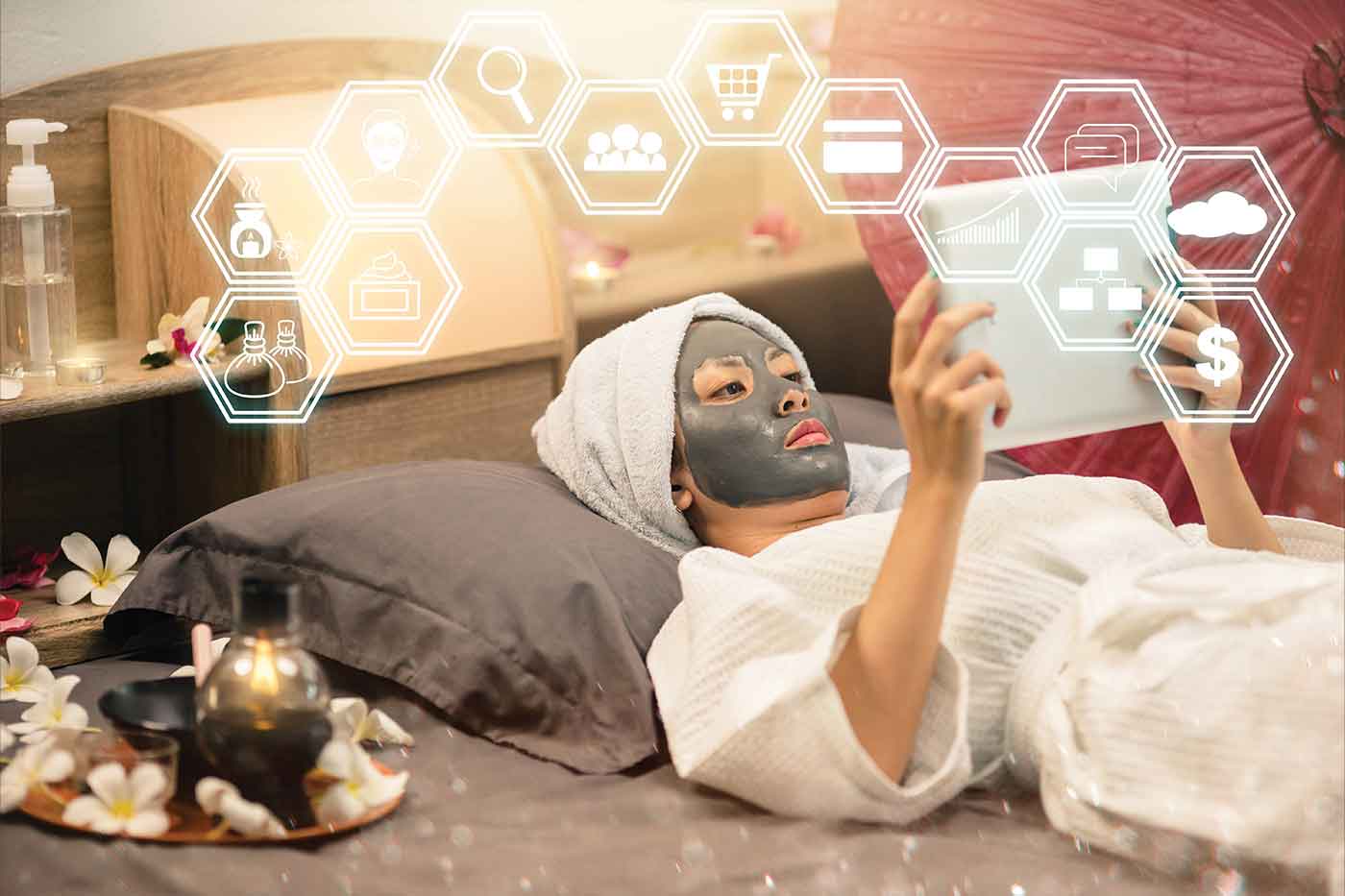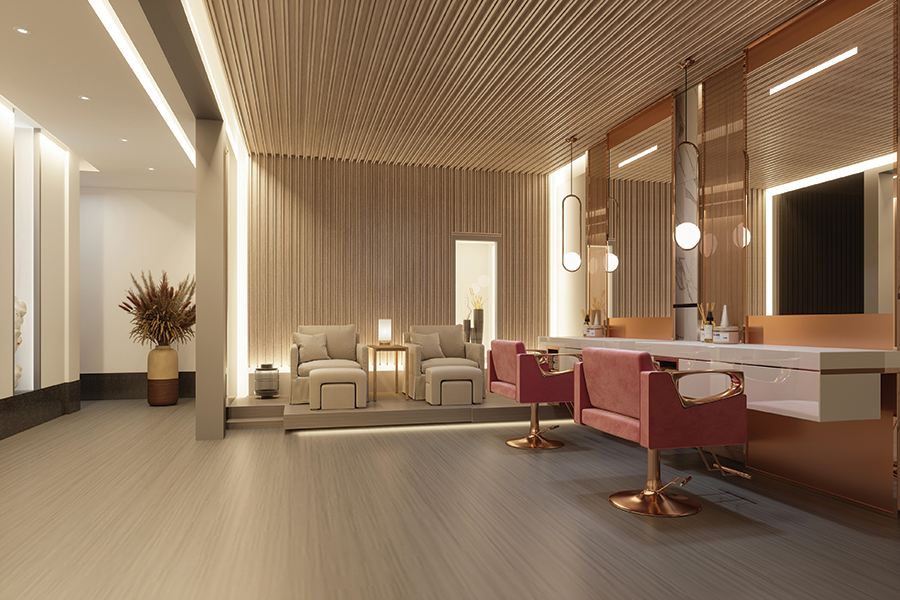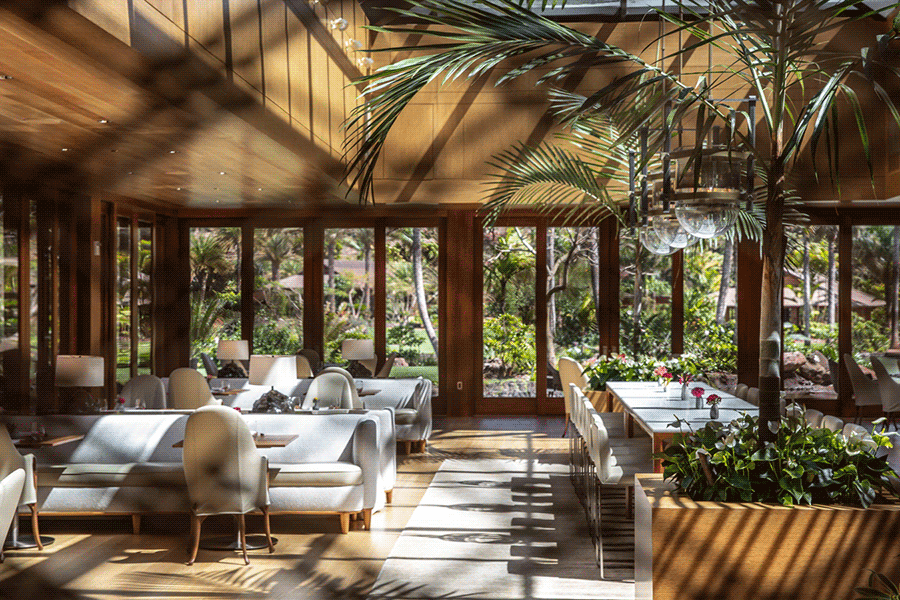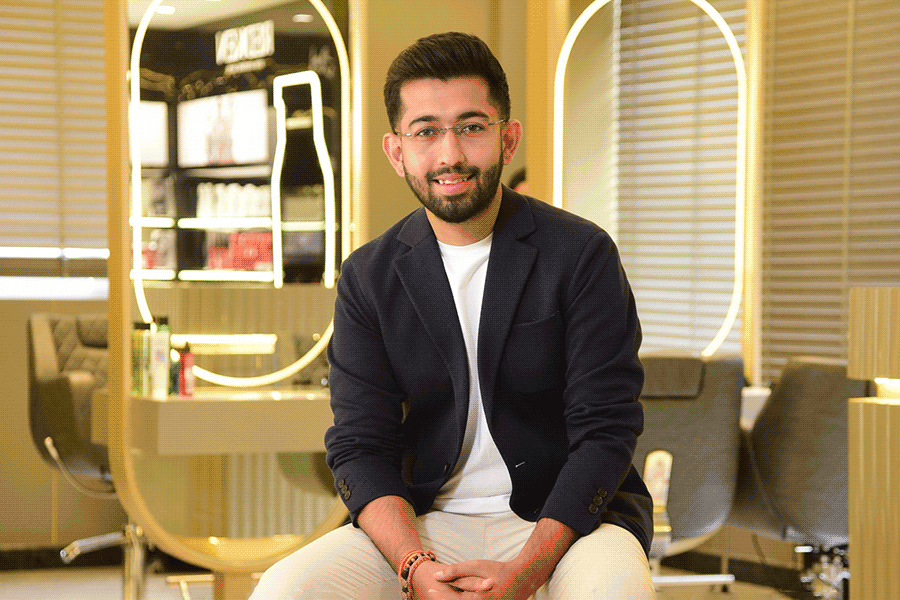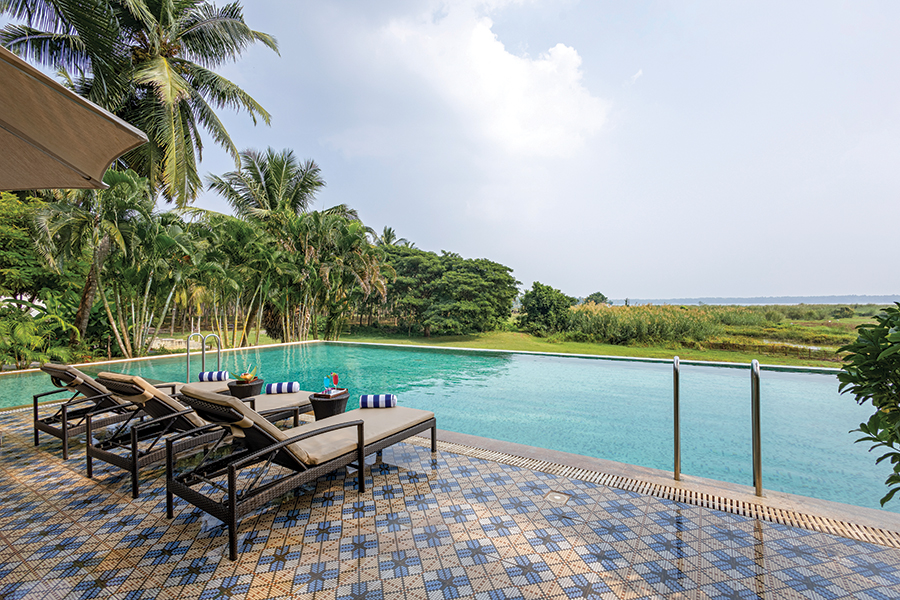All about incorporating eco-friendly elements enhancing customer experience and embracing trends
In the ever-evolving world of salons, staying competitive and offering a stellar customer experience requires incorporating new elements into existing spaces. Whether it’s embracing sustainability, integrating technology, or following the latest design trends, there are various ways to breathe new life into a salon. This article explores examples of how salons have incorporated new elements and the impact they have on client experience.
Embracing Salon Interior Design Trends

Furthermore, Samir highlights the emerging trend of incorporating modern elements such as concrete, metal, contemporary lighting, and innovative fixtures and gadgets. These additions contribute to a chic and up-to-date look. “Salons are also taking inspiration from luxury spas, incorporating plush seating, soft lighting, and natural materials to create a relaxing and rejuvenating ambiance akin to a spa experience. The emphasis is on aesthetic appeal, aiming to cultivate an artistic atmosphere that reflects beauty and emanates a timeless charm,” he states.
Environmentally Conscious Spaces
Salon owners can enhance aesthetics and environmental consciousness by considering sustainability in their interior design and product choices. Using recycled or reusable materials, maximizing natural light, and reducing plastic waste creates an eco-friendly and visually appealing environment. These sustainable practices attract environmentally-conscious clients and enhance the client experience.
“Sustainability is gaining significance in salon interior design. Environment-friendly materials like bamboo and recycled glass are becoming more prevalent as the industry recognizes the importance of eco-conscious choices,” shares Samir.
When asked about the integration of sustainability into salon interiors and the various eco-friendly options for incorporating sustainable elements, 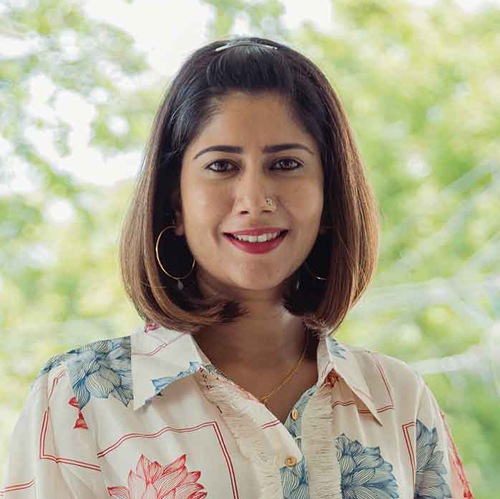
In addition to these measures, Natasha also suggests implementing eco-friendly salon products, including biodegradable glasses for water, glass water bottles, recycled foil, and other similar alternatives.
Eco-friendly design tips for salons, according to Looks Salon CEO Samir Srivastav
As our awareness of environmental issues grows, it is our social responsibility to prioritize the preservation of our beautiful world. Becoming an eco-friendly salon is our first step, which involves incorporating sustainable design elements.
- Art and decorations should be recyclable, sustainably produced, and animal-friendly.
- Use VOC-free paint for salon walls to avoid health risks associated with Volatile Organic Compounds.
- Manage electricity and water resources sustainably.
- Use energy-efficient lighting, such as GE Energy Smart Energy light bulbs.
- Regularly check sinks, pipes, and faucets to save on electric and water bills.
- Use eco-friendly bamboo brushes and hair dryers to reduce energy costs.
- Choose wash sinks and equipment that minimize water wastage.
- Opt for seating made of sustainable materials.
Tech-Driven Solutions
Technology enhances salons by improving efficiency and client experiences. Smart sensors reduce energy consumption, programmable coffee makers cater to individual preferences, and smart locks and scanners enhance security and streamline appointments. Digital tools and software aid salon designers in enhancing creativity and collaboration. Incorporating technology improves salon operations and adds a modern touch that clients appreciate when designing a salon.
Natasha says “Interior design trends and technology are always changing, just like personal tastes. Salon advancements include smart sensors for light control, personalized coffee makers, improved security with smart locks and scanners, and smart speakers with voice commands. Designers now use advanced digital technology instead of traditional tools, allowing better visualization, collaboration, and customer communication. This signifies the future of design.”
Samir highlights technology’s pivotal role in driving growth in the salon industry. He emphasizes that, similar to other sectors, technology acts as a catalyst for progress. With the integration of automation, intelligent styling tools, virtual imaging pods, smart furniture, and engaging digital screens, salon interiors have evolved, revolutionizing the client experience and redefining salon operations.
Salon interior design trends prioritize space ergonomics, minimalist style, state-of-the-art chic, and a spa-like ambiance. Sustainability and technology are key, with eco-friendly materials and smart features enhancing the client experience. To create exceptional salon experiences, owners must embrace new elements, integrating sustainability, technology, and design trends to transform their spaces into visually appealing and eco-conscious place of beauty and relaxation.


